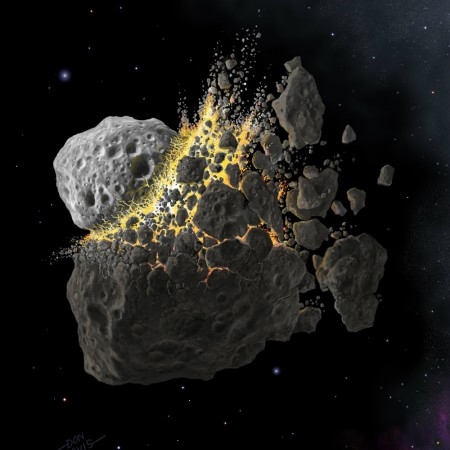
A few days back, it has been reported that an asteroid dubbed 2019 OU1 will zip past Earth on August 28, at a considerably close distance of one million kilometers from us. As fears of this possible threat loom large, NASA believes that it will be Bennu asteroid that is going to pose a real catastrophic threat to humanity.
The United States space agency has recently announced that its OSIRIS-REx mission will head to Bennu soon, and will collect samples from the surface of this rogue body. NASA has selected Bennu for this mission, as it is very close to the earth, and the asteroid is more than 1,640 ft long, which provides the space agency to chose multiple landing site options.
It should be noted that NASA has already selected four probable landing sites on Bennu. Even though Bennu has a very rocky surface, NASA believes that these four sites are suitable for collecting samples from the rogue space rock.
"Although OSIRIS-REx was designed to collect a sample from an asteroid with a beach-like area, the extraordinary in-flight performance to date demonstrates that we will be able to meet the challenge that the rugged surface of Bennu presents. That extraordinary performance encompasses not only the spacecraft and instruments but also the team who continues to meet every challenge that Bennu throws at us," said Rich Burns, the mission's project manager at NASA's Goddard Space Flight Center in a statement.
Another reason why NASA is closely monitoring the Bennu asteroid is due to its potential chances of colliding with the earth in the near future. As per NASA, the chances of Bennu asteroid hitting the earth are one in 24,000. The space agency believes that this catastrophic impact may happen in the next 120 years.
In the meantime, NASA is also developing a planetary defense weapon to protect the earth from future asteroid hits. This weapon is basically a giant spacecraft that will hit the asteroid in space so that the collision trajectory can be changed.








